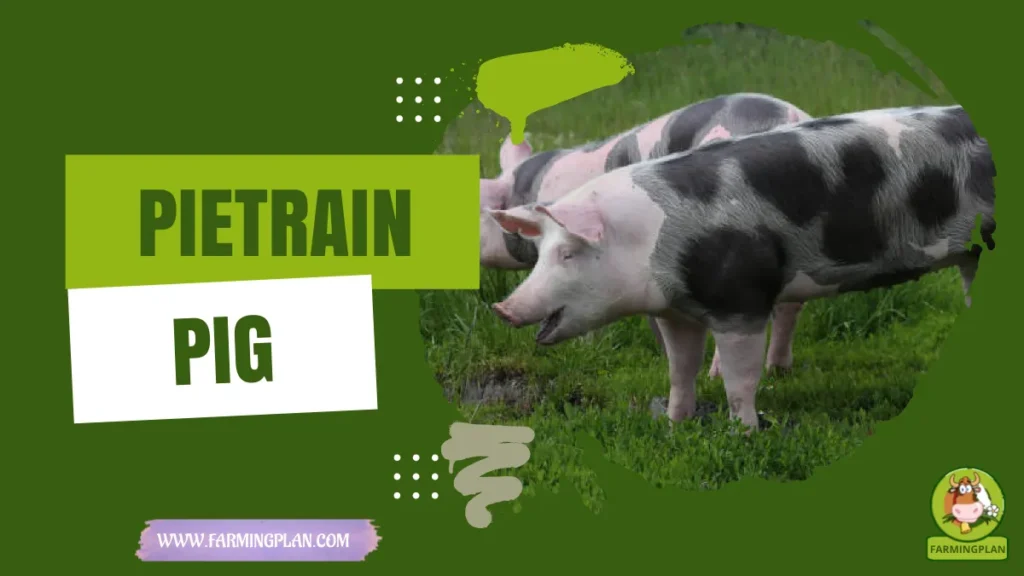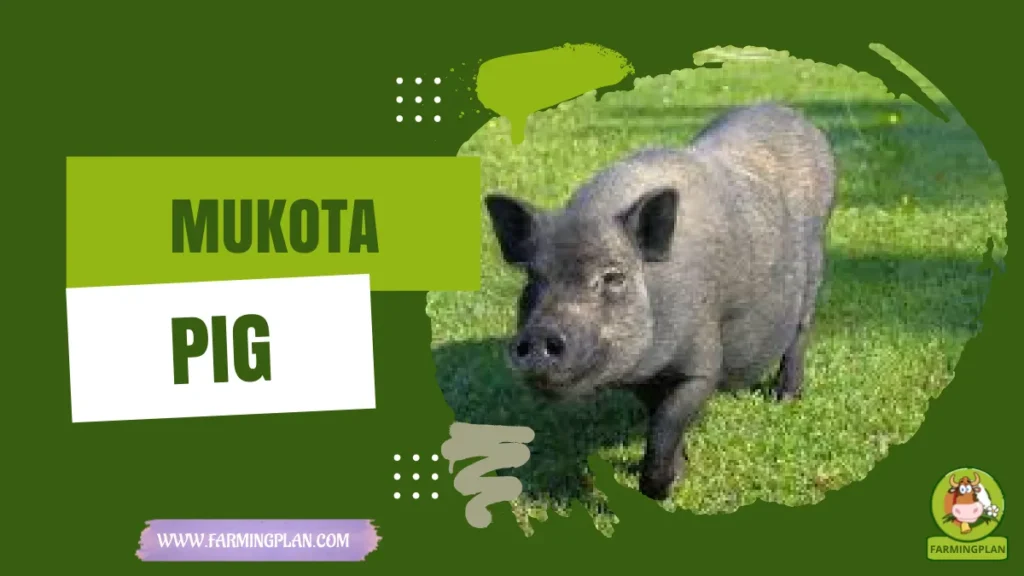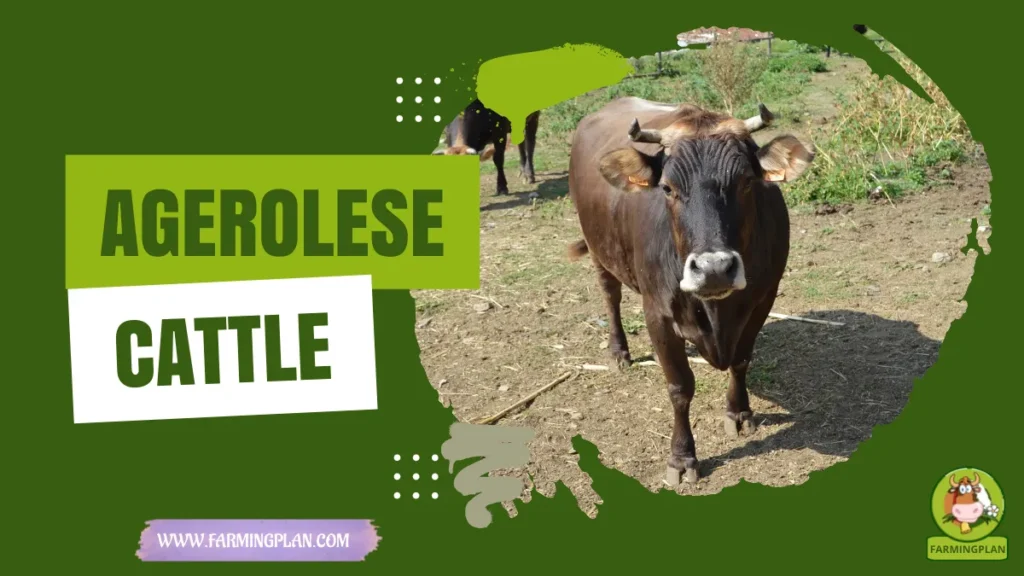When I first met the Pietrain Pig, its muscular build and bold piebald coat instantly caught my eye. This Belgian breed isn’t just good-looking—it’s a true heavyweight in pork production, known for its heavily muscled hams and shoulders. Whether you’re a breeder boosting carcass yields or a hobbyist drawn to unique pigs, the Pietrain delivers. I’ve raised them myself, and their strength and structure never fail to impress. In this article, I’ll share everything you need to know about their history, care, feeding, and farming tips.

History & Origin of Pietrain Pig
The Pietrain Pig traces its roots back to the small village of Piétrain in Belgium. It emerged in the 1950s when local farmers began crossbreeding pigs to enhance muscular development and lean meat content. The initial breeding stock likely involved the Berkshire, Large White, and native Belgian pigs, forming what we now recognize as the Pietrain.
This breed caught international attention due to its distinctive piebald coat and exceptional carcass yield. Germany and the UK imported Pietrains to improve local pig lines. Institutions like the Pig Industry Development Authority (PIDA) and Wye College played key roles in testing and promoting Pietrain genetics in Britain. From Europe, the breed spread to Spain, Poland, and even parts of Asia, where high lean-to-fat ratio and feed efficiency were in demand. Over the years, gene selection efforts focused on removing the halothane gene to reduce the risk of Porcine Stress Syndrome (PSS). Today, halothane-free Pietrain lines are widely available thanks to genetic probe technology.
Read More: Czech Improved White Pig: Healthy Pig Breeds
Characteristics of Pietrain Pig
Pietrain Pigs are unmistakable. They have a greyish-white base coat covered with irregular dark spots that can appear pale grey-blue under certain light. This piebald pattern, resembling a work of art, makes them stand out in any herd. Their bodies are short in the leg, stocky, and full of solid muscle, especially across the back and hams.
The breed’s straight profile, muscular shoulders, and wide, strong backs make it ideal for meat production. Their ears are semi-lop and often pointed slightly forward. Boars can be quite impressive in size, with gilts not far behind in their muscled appearance. What really defines this breed is its high lean meat content, often seen in the defatted loin and ham. This high lean meat content not only produces top-quality pork but also makes it ideal for health-conscious markets. Carcass yield is consistently high. While they may not be the fastest growers, their feed conversion is efficient, especially when used in crossbreeding programs.
Read More: Iberian Pig: The Origin of Iberian Pig
Nature & Temperament of Pietrain Pig
Pietrain Pigs are generally calm but not overly sociable. They’re not the kind to come running when you enter the pen, but they’ll observe you carefully. I’ve found them to be alert and responsive without being aggressive.
Like any breed, Pietrain Pigs have their challenges. They do best in well-managed herds and need space to avoid stress. When stressed, they can be prone to Porcine Stress Syndrome if not from halothane-free lines. That’s why good ventilation, calm handling, and a low-stress environment are critical. They’re not ideal for beginners, but experienced breeders will find them manageable.They’re also clean animals. If given enough space and bedding, they naturally separate toilet areas from resting zones. This makes pen cleaning much easier than with some other breeds.
Read More: Barb Pigeon: Farming Business
Food & Diet
Feeding Pietrains is all about supporting their muscle mass. Their diet should be protein-rich, especially during growth stages. I typically use a mix that includes soybean meal, barley, corn, and added vitamins and minerals.
Avoid fatty feeds like too much bread waste or kitchen scraps. You want to enhance lean growth, not fatten them unnecessarily. Clean water must be available 24/7. For boars and gilts, adjust protein levels by age and purpose. Growing pigs may need 18% protein, while breeding stock can handle a lower percentage. Always monitor body condition and adjust accordingly.
Usage & Purpose
The Pietrain Pig truly shines as a terminal sire. This means it’s primarily utilized in crossbreeding to produce market pigs with superior carcass traits. When you cross a Pietrain boar with, say, a Duroc or Landrace sow, the offspring inherit the Pietrain’s muscularity and the mother’s growth rate or meat quality. This knowledge of crossbreeding is crucial for anyone in the pork industry, and even smallholders can benefit from adding Pietrain bloodlines to their herds.
They’re not ideal as purebred breeders for commercial farms due to slower growth and stress issues. But in the pork market, crossbred Pietrain pigs deliver top-notch meatiness and high carcass yields. Even smallholders benefit from adding Pietrain bloodlines to their herds. Outside meat production, some enthusiasts raise Pietrains for shows due to their bold appearance and defined muscles.
Build A Stronger Pork Business With The Power, Precision, And Pure Meatiness Of The Mighty Pietrain Pig.
Special Features
There’s a lot to admire about this breed. First, the piebald markings and muscular build give it a look unlike any other. Those who visit my farm always ask about “the spotted bodybuilder pig.”
The Pietrain Pig’s ham muscles conformation is among the best in swine breeds, with deep, wide, and long cuts that are in high demand in the pork industry. Their meat is ultra-lean, making it an ideal choice for health-conscious markets. This reassurance of the Pietrain Pig’s suitability for health-conscious markets can instill confidence in your pork production choices. One thing I really value is their performance in synthetic sire lines. When used in planned breeding programs, Pietrain genes boost meat yield without drastically affecting growth rates, especially when combined with faster-growing breeds.
Health Issues & Prevention
The biggest concern with Pietrain pigs is Porcine Stress Syndrome (PSS), linked to the halothane gene. It causes sudden death under stress or transport. Always buy from halothane-free lines—a blood test or gene probe will confirm.
Other issues include susceptibility to heat stress, so proper housing is vital. Use good airflow and shade. Provide clean water to avoid dehydration. Keep a vaccination schedule, especially for diseases like E. coli, Mycoplasma, and PRRS. Regular deworming and health checks go a long way. If you’re bringing in new pigs, always quarantine for 2–3 weeks before mixing with the herd.
Step-by-Step Farming Guide
If you’re planning to raise Pietrain Pigs, either for pork production or as part of a crossbreeding program, you’ll want a system that focuses on growth, health, and muscle development. Here’s how I manage my Pietrain herd from start to finish.
Step 1: Set Up A Comfortable Environment
Pietrains are sensitive to stress and heat. I start by preparing a shaded, well-ventilated pig house. The floor should be dry and non-slip to avoid leg injuries. Make sure pens are spacious—about 8 to 10 square feet per pig. Good drainage, dry bedding like straw, and separate feeding and watering areas help keep the pigs clean and calm. For growing pigs, I use a heat lamp in winter and misting systems in summer.
Step 2: Choose The Right Breeding Stock
Always buy from trusted breeders who test for the halothane gene. I only purchase pigs with halothane-free certification to prevent stress-related deaths. Look for boars and gilts with strong backs, symmetrical markings, and no signs of lameness. If you’re doing crossbreeding, pick a breed like Duroc or Hampshire for the female side to balance meat quality and growth rate.
Step 3: Provide High-Quality Feed
Start piglets on creep feed and gradually move to grower rations by 8 weeks. I use a feed mix with 18% protein and balance it with minerals like calcium and phosphorus. Avoid overfeeding. Pietrains tend to store fat poorly, and overfeeding may lead to meat quality defects like PSE (pale, soft, exudative) pork. Stick to two feedings a day and monitor their weight regularly.
Step 4: Monitor Growth And Health Closely
Weigh your pigs weekly to track progress. Healthy Pietrains gain 600–800g per day depending on age and genetics. I keep detailed logs and use standardized daily gain benchmarks. Vaccinate piglets by 6 weeks and follow up with boosters. Deworm monthly and inspect for injuries or coughing. Keep biosecurity tight to avoid disease outbreaks.
Step 5: Prepare For Market Or Breeding
By 6–7 months, Pietrain pigs are typically ready for slaughter if raised for meat. For breeding, wait until gilts reach at least 220 pounds. Always use stress-free transport. Avoid mixing unfamiliar pigs before loading. I also inform the buyer if pigs are crossbred or pure Pietrain, as this affects carcass grading.
Expert Tips & Best Practices
- Always buy halothane-free lines for stress resistance.
- Use crossbreeding to improve meat yield without sacrificing growth.
- Watch for signs of overheating—Pietrains hate the heat.
- Feed quality over quantity to avoid PSE pork.
- Don’t overcrowd pens—more space means less stress.
- Rotate bedding weekly for hygiene.
- Use gene probe tech to confirm stress resistance.
- Never skip quarantine when introducing new pigs.
- Track daily gain to fine-tune feeding programs.
- Join a local or national Pietrain breeders association to stay updated.
FAQ
What is the Pietrain Pig known for?
It’s known for its muscular body, high lean meat content, and excellent carcass yield. It’s often used as a terminal sire in commercial pork production.
Are Pietrain Pigs good for small farms?
Yes, especially if you plan to crossbreed. Just make sure to manage stress levels and choose halothane-free pigs.
How big do Pietrain Pigs get?
Adult boars can weigh 250–300 kg, while gilts usually weigh 200–250 kg.
Do Pietrain Pigs grow fast?
They have moderate growth rates but convert feed efficiently. Crossbreeding improves speed.
Is Pietrain meat good quality?
Yes, it’s very lean and meaty. However, it may be prone to quality issues like PSE if not managed correctly.
Conclusion
The Pietrain Pig is more than just a spotted beauty—it’s a muscle-packed powerhouse that delivers results in the pork market. From its Belgian roots to its global impact, this breed has proven invaluable in crossbreeding programs and lean pork production. With proper care, stress management, and thoughtful feeding, Pietrains can transform your pig-keeping experience. Whether you’re a farmer looking for better carcass yields or a hobbyist wanting a unique pig, the Pietrain delivers on both fronts. Ready to build a stronger pork business? Give the Pietrain a shot, and let me know how it goes. Share your thoughts in the comments and spread the word to fellow pig lovers!


